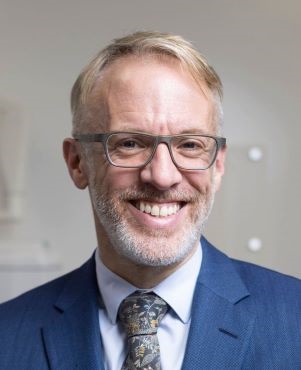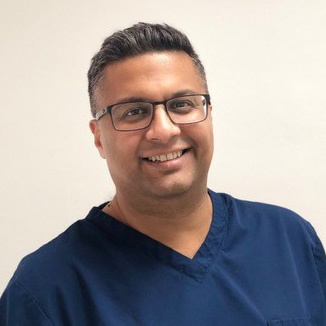Trust and confidence while access to dental care is reduced

This is the first in a series of articles summarising key findings from our research and engagement on the effects of the pandemic on members of the public, dental professionals and the dental sector. As we share our first piece of research, Stefan Czerniawski, Executive Director, Strategy explains how access to dental care is in part driven by trust and confidence in dental professionals and their actions.
One of the key effects of the pandemic has been to reduce access to dental care. Large numbers of people had an appointment postponed or cancelled during the first national lockdown. An even larger number have some nervousness about returning to a dental practice. None of that will come as any surprise to anybody involved in providing dental care this year. Our new research doesn’t tell a new or very surprising story, but it does help us understand the scale and detail of public perceptions – and it provides important insights which can be useful in thinking about communicating with patients and helping them rebuild their confidence in the safety of dental treatment.
Trust and confidence are among the most powerful influences on patients and their readiness to seek out dental treatment. The survey of members of the public we commissioned from Community Research provides a picture of how they have been affected while access to dental care has been reduced, and it gives us some important pointers to what might influence them in future.
By way of an example, 70% of members of the public seek information about dental care services from their own dentist in preference to other sources. And confidence levels are higher among members of the public who received communications from their dental professionals telling them about available services and adaptations to reduce infection risks. This is important, because our survey shows that public understanding of how to seek care during the first lockdown was not universal. Only 35% of the public who had dental pain sought professional care, whilst 14% treated themselves and around half did nothing about it and lived with the issue.
We know that that access to dental care is one of the growing challenges that members of the public face, particularly for people not registered with a dental practice. But it’s less obvious that members of the public are still trying to figure out how to safely access services in this new context and may need some specific extra support from their dental professionals to rebuild their confidence in seeking care.
Our research provides some pointers to how that might best be done – it provides one perspective, to put alongside other research on public perceptions and of course the understanding that comes from being in daily contact with patients. While constraints remain on access to dental services – and of course on so many other aspects of daily life – effective communication becomes more important than ever.
The impact of the pandemic on patients and the wider public is only one part of the story, of course. The impact on dental professionals and the services they have been able to offer their patients is just as important. We have also recently published the results of our research with dental professionals. When taken together, the different elements of our research will provide rigorous evidence to underpin our understanding and guide decision making. Our next article will be focused on the pandemic’s disproportionate impacts on some members of the public and dental professionals.
 eGDC
eGDC

















